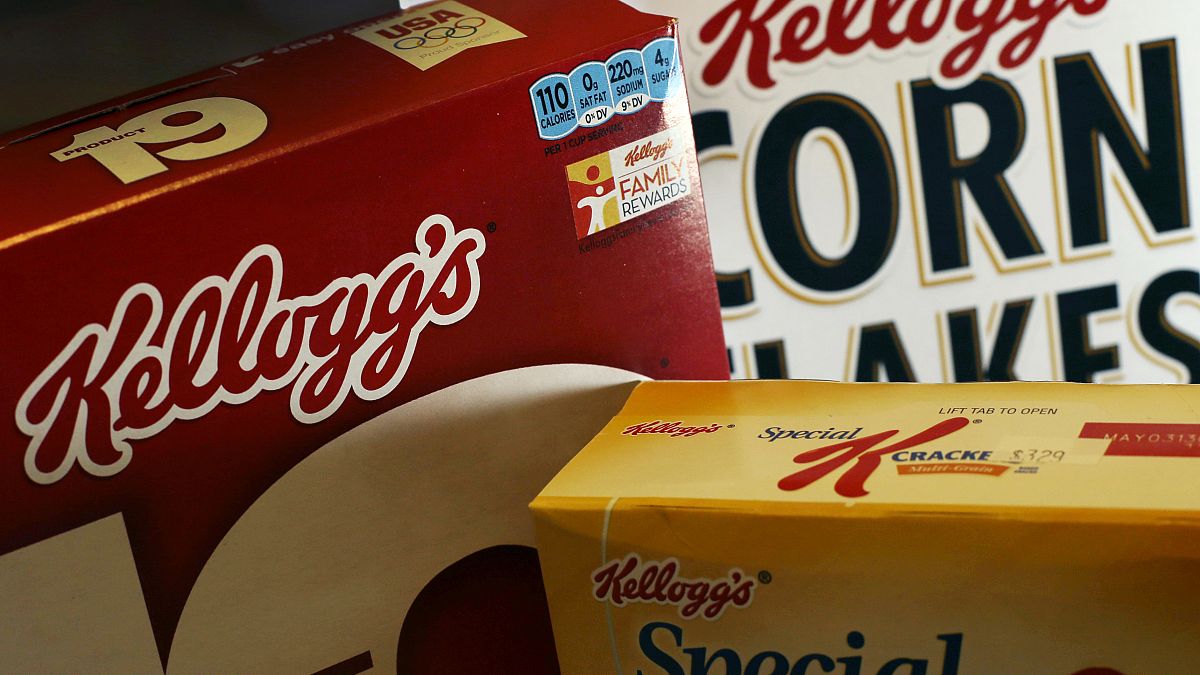American company Kellogg’s split up into two separate companies earlier in October. Demergers constitute a rather common business strategy.
When we think of Kellogg’s, our minds picture Tony the Tiger and crunchy corn flakes cereal. But the 117 year old American company also owns many snack brands, such as the salted Pringles crisps.
In early October 2023, the conglomerate split into two separate entities. The cereal business it is mostly known for is now operated by WK Kellogg Co (named after company founder William Keith Kellog), and snacking brands are housed by a company called Kellanova.
We regularly hear about blockbuster mergers and acquisitions, such as natural gas giant ExxonMobil’s incoming $60 billion purchase of Pioneer Natural Resources, often to expand a company’s market share.
But what’s the benefit of a demerger?
Creating additional value
Companies splitting up is not necessarily a sign that something’s gone wrong internally. It can be quite the opposite.
A demerger, sometimes called a spin-off, is the act of splitting up into several entities and effectively results in new companies being created.
The branch of the parent company becoming its own independent body is obviously not starting from scratch in such cases. Its newly found autonomy can be a great asset, especially on financial markets.
Conglomerates can indeed be perceived as too big, and their stocks can be hard to value because they offer a large range of products. Some of these products can perform really well on the market, while others don’t.
The company's overall worth therefore mirrors the diversity in the performance of its different products.
In this instance, the wider company stifles the branch of the company that’s putting well-performing products on the market , and so the branch can benefit from a spin-off.
The new company or companies also gain in efficiency by specialising in a specific field, and are able to throw off the chains of high operating costs that can burden large conglomerates.
Shareholders of the original company are usually offered options in a spin-off scenario: keep their shares of the original company and sell their rights to the new company’s stock, or keep their shares of the original company and automatically get shares in the new one. The latter is often coupled with a discount to purchase additional shares in the newly spun-off company.
Well-known companies that chose to split-up
Pharmaceutical giants have been known to opt for demergers as their business grows and diversifies.
One example is US multinational Pfizer, which chose to let go of its off-patent drug manufacturer Upjohn in November 2020.
In the same operation, Upjohn merged with another pharmaceutical giant, Mylan, and became Viatris, the company known for the EpiPen and Viagra.
In Europe, yet another large pharmaceutical company just completed a spin-off: Novartis demerged its generics-focused business Sandoz, offering its shareholders one Sandoz share for every five Novartis shares owned.
However, such business moves do not always take place in such positive circumstances.
Italian telecommunication company TIM Group is currently considering its options for a spin-off, which would generate enough cash to allow it to pay off part of its massive €25 billion debt.
By selling out its landline network business, its main asset, the Italian operator could alleviate its debt, while being able to restructure and give a second wind toits commercial activities.



